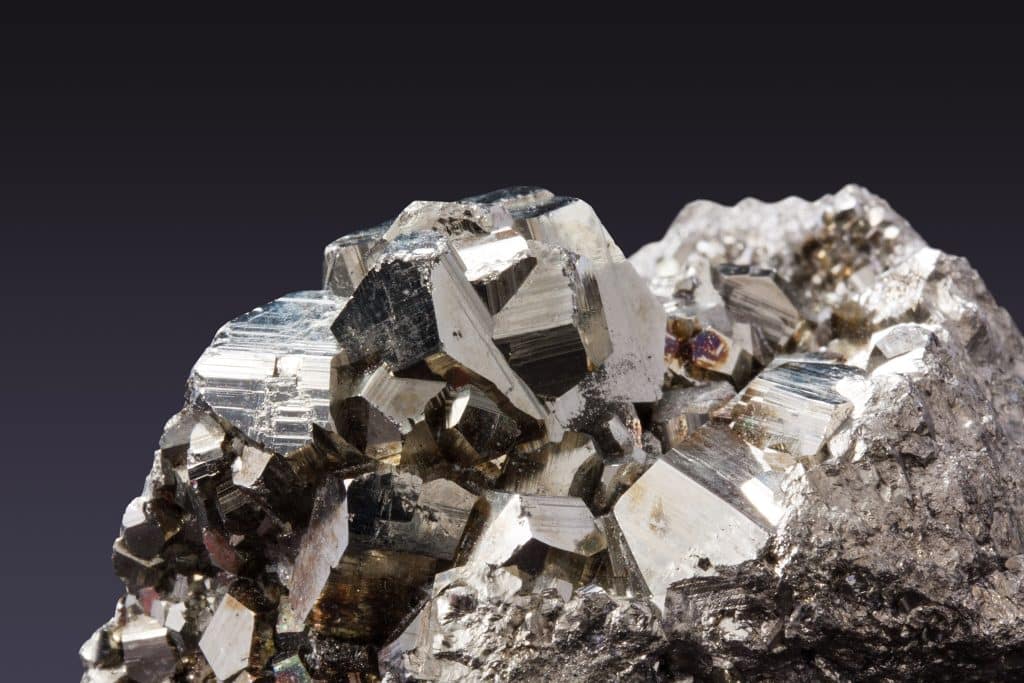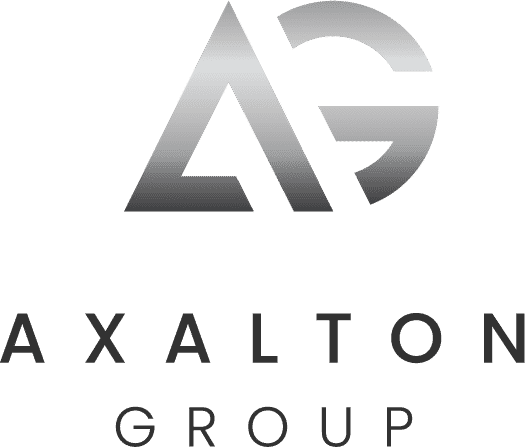
Li-ion NMC (Lithium-ion Nickel Manganese Cobalt) batteries and LFP (Lithium Iron Phosphate) batteries are both rechargeable lithium-ion batteries, but they have some important differences. Here are some key comparisons between the two:
- Energy density: NMC batteries typically have higher energy densities compared to LFP batteries. This means they can store more energy in the same volume or weight of battery. As a result, NMC batteries are often used in applications where high energy density is important, such as electric vehicles and portable electronics.
- Cycle life: LFP batteries generally have a longer cycle life than NMC batteries, meaning they can withstand more charge-discharge cycles before their capacity begins to degrade. This makes them more suitable for stationary storage applications, where long-term performance and durability are key.
- Safety: LFP batteries are generally considered to be safer than NMC batteries, due to their higher thermal stability and lower risk of thermal runaway (a condition where the battery overheats and can catch fire or explode). This makes LFP batteries a good choice for applications where safety is a top priority, such as home energy storage.
- Cost: LFP batteries are typically cheaper than NMC batteries, due to their simpler manufacturing process and lower materials costs. This makes them more attractive for applications where cost is a primary concern.
- Performance at extreme temperatures: LFP batteries tend to perform better at high temperatures than NMC batteries, while NMC batteries tend to perform better at low temperatures. This makes them more suitable for different types of applications depending on the operating environment.
In essence, both NMC and LFP batteries have their advantages and disadvantages depending on the specific application. NMC batteries are better suited for high energy density applications, while LFP batteries are better suited for stationary storage applications where long-term performance and safety are key considerations.
Comparing Li-ion NMC and LFP batteries from an ecological and sustainability perspective
LFP batteries may have a slight edge over NMC batteries from an ecological and sustainability perspective. This is due to their simpler and more widely available raw materials, and their greater ease of recycling at end-of-life. However, it’s important to note that the environmental impact of battery production and disposal is complex and multifaceted, and can depend on a wide range of factors beyond just the specific battery chemistry used.
Raw materials
Li-ion NMC batteries typically use a combination of nickel, manganese, and cobalt, while LFP batteries primarily use iron and phosphate. While all of these materials are extracted from mines around the world, mining for nickel and cobalt has been linked to environmental damage and human rights abuses in some parts of the world, including the Democratic Republic of Congo. In contrast, mining for iron and phosphate is generally considered to be less environmentally damaging. Therefore, LFP batteries may have an edge in terms of sustainability and environmental impact due to their simpler and more widely available raw materials.
Environmental impact of mining
The mining and extraction of raw materials used in battery production can have a significant environmental impact, including habitat destruction, soil erosion, and water pollution. Mining for nickel and cobalt in particular has been linked to environmental damage and human rights abuses in some parts of the world. In contrast, mining for iron and phosphate is generally considered to be less environmentally damaging. Therefore, LFP batteries may be more sustainable and environmentally friendly than NMC batteries.
Energy and carbon footprint of production
Both NMC and LFP batteries require significant amounts of energy and can generate greenhouse gas emissions during production. However, the specific energy and carbon footprint of production can vary depending on the specific manufacturing processes used, as well as the source of the energy used (e.g. renewable vs. fossil fuels). Therefore, it is difficult to make a general comparison between NMC and LFP batteries in terms of their energy and carbon footprint of production.
End-of-life recycling
Both NMC and LFP batteries can be recycled at the end of their useful life, but the process for doing so can vary depending on the specific battery chemistry. NMC batteries in particular can be more difficult and expensive to recycle, due to the presence of multiple metals and chemical components. In contrast, LFP batteries are generally considered to be easier and more cost-effective to recycle, due to their simpler chemistry. Therefore, LFP batteries may be more sustainable and environmentally friendly in terms of end-of-life recycling.
Markets
The biggest markets for NMC and LFP batteries can vary depending on the application and region, but here are some of the most significant markets for each battery chemistry:
NMC batteries:
- Electric vehicles (EVs): NMC batteries are commonly used in EVs, due to their high energy density and relatively low cost compared to other lithium-ion chemistries. China is the largest market for EVs, followed by Europe and the United States.
- Consumer electronics: NMC batteries are also used in a wide range of consumer electronics, including smartphones, laptops, and tablets.
- Stationary storage: NMC batteries can be used for stationary storage applications, such as backup power and grid-scale energy storage.
LFP batteries:
- Energy storage: LFP batteries are commonly used for stationary energy storage applications, such as residential and commercial energy storage systems, as well as grid-scale storage. China is the largest market for energy storage, followed by the United States and Europe.
- Electric buses: LFP batteries are popular for electric buses, due to their high cycle life and safety characteristics. China is the largest market for electric buses, followed by Europe and North America.
- Marine and offshore: LFP batteries are also used in marine and offshore applications, such as electric boats and ships, due to their safety and reliability.
It’s important to note that the markets for NMC and LFP batteries are not mutually exclusive, and both battery chemistries can be used in a wide range of applications. Additionally, other lithium-ion battery chemistries, such as lithium manganese oxide (LMO), also have their own specific markets and applications.
